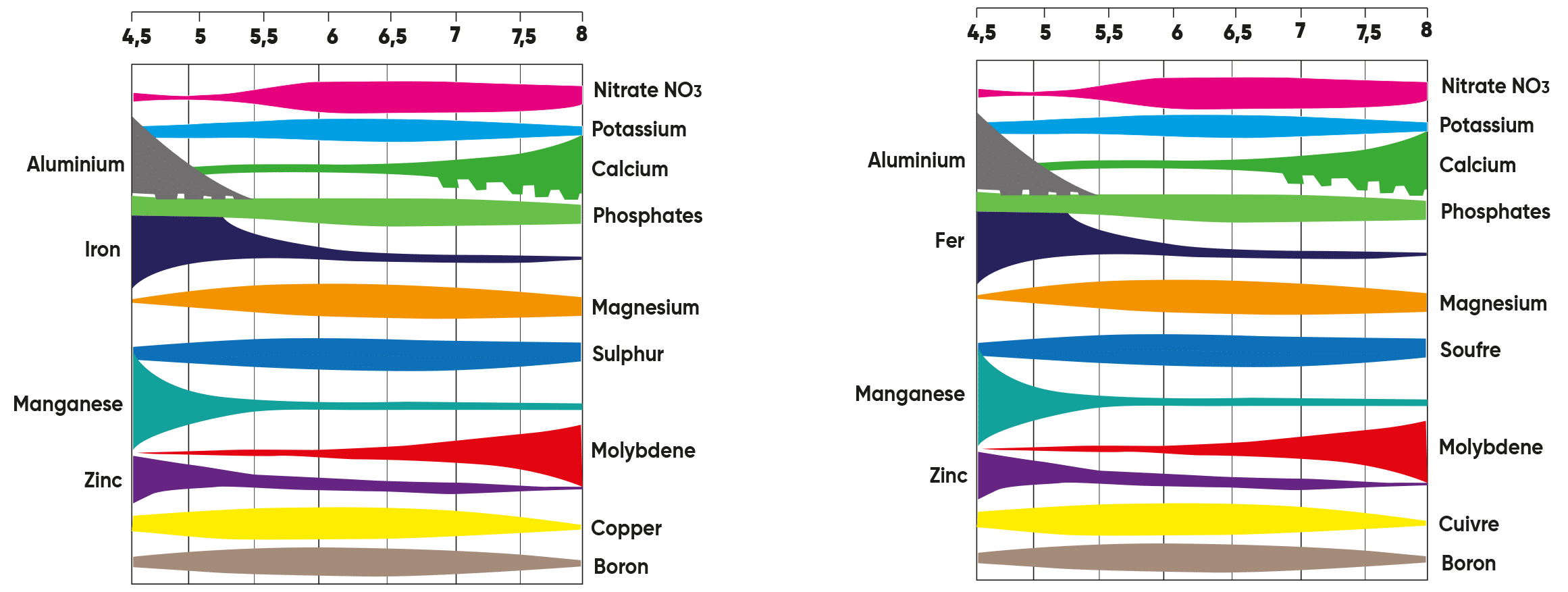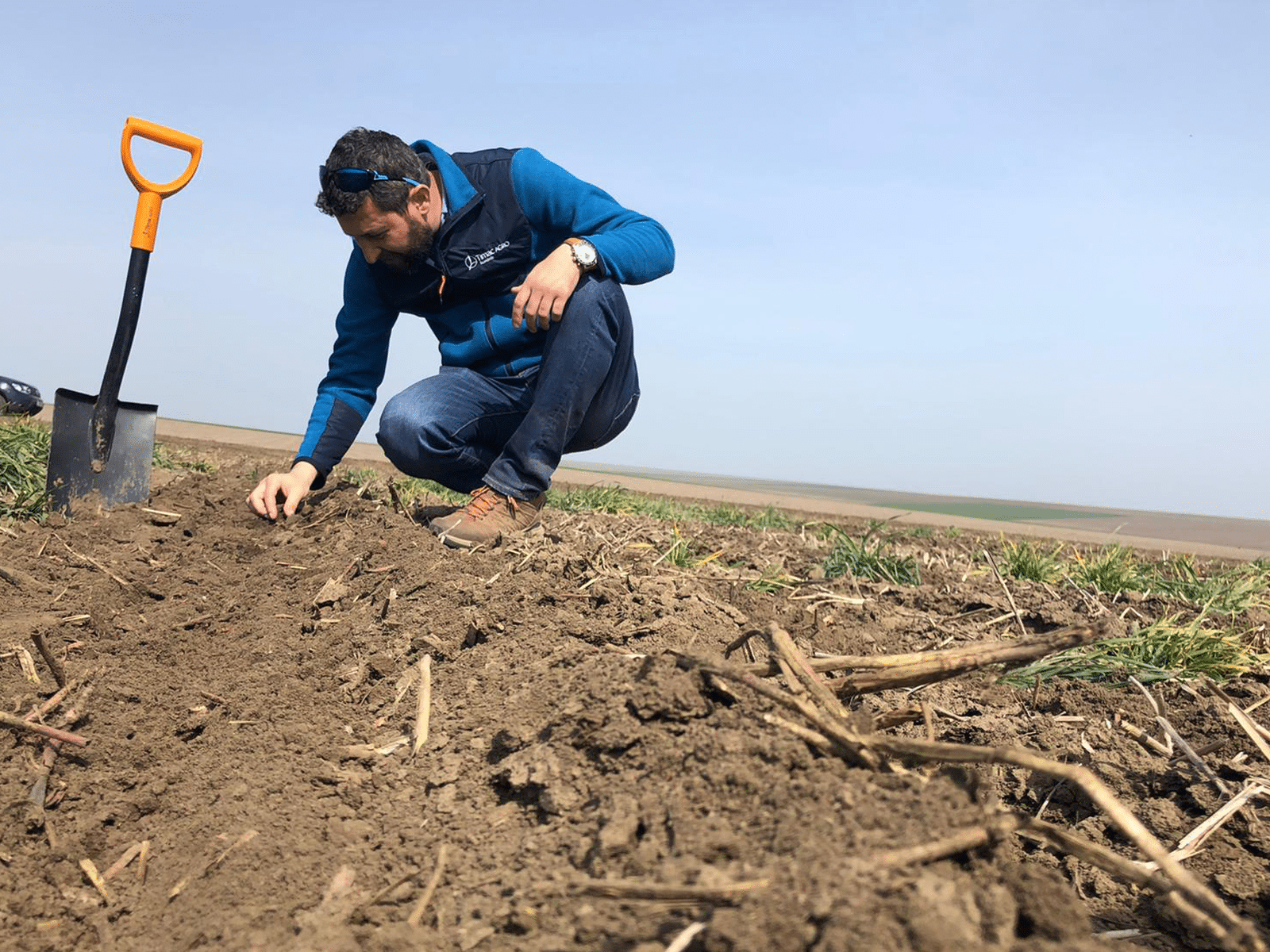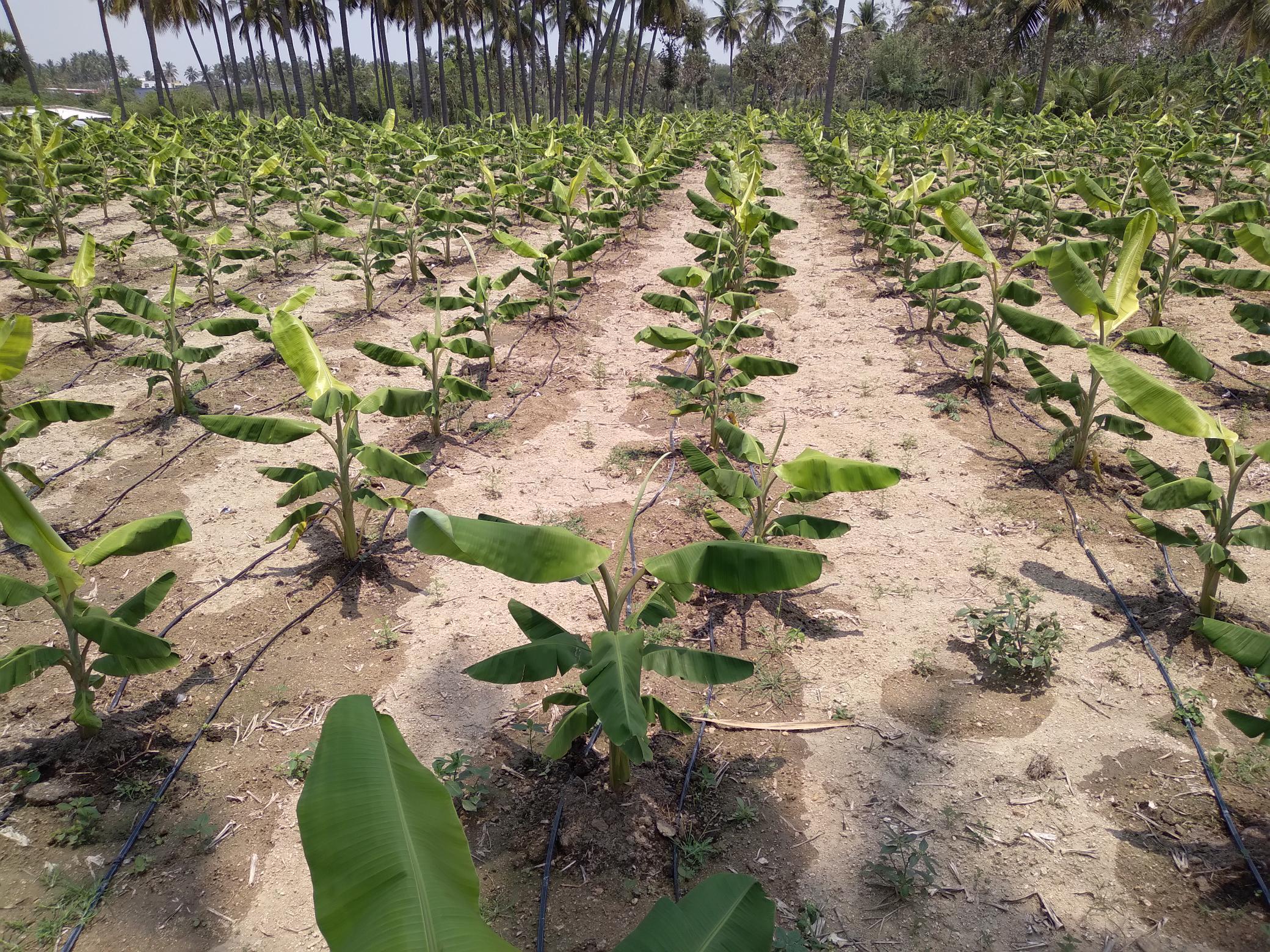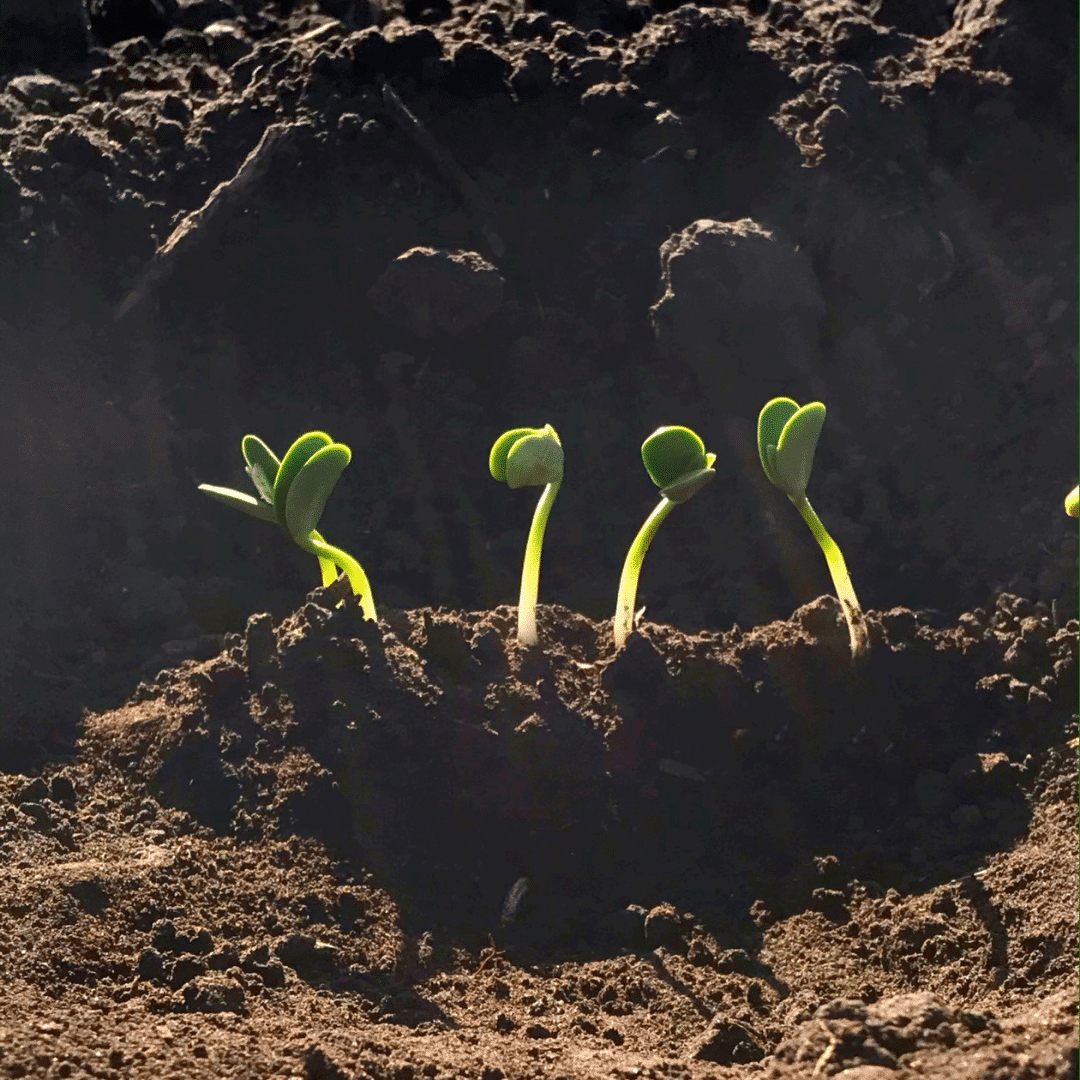pH is an important indicator for farmers: it gives an estimate of the quality of their soil, of the nutritive elements available for the plant, of the microorganisms’ activity… A simple indicator, et one crucial to monitor closely: a pH too acidic or too basic highlights negative impacts on the crops planted and, in the long run, on the farmer’s yields.
TIMAC AGRO assists farmers in maintaining the pH of their soils with its historic and innovative solutions, results of field research.
pH: a measure of the number of H+ ions in a solution. The lower the pH (below 6.8), the more “acidic” the solution, the higher the pH (above 7.2), the more “basic” or “alkaline” the solution. A medium is neutral when the pH is around 7. Soil is no exception to this rule: depending on its pH, it will be classified as acidic or alkaline.
Plants find the necessary elements (Ca, Mg, P, K…) for their development and growth in the soil. However, soils are not all alike, and the presence of these elements varies according to the country, or even the region. And even when present, elements are not necessarily ensure available to plants, and their mobility in the soil must also be taken into account. All of this shapes the chemical dimension of soil fertility: the elements’ supply and their availability.
A pH test gives visibility on the availability of elements, and thus on the fertility of the soil, by indicating the degree of acidification of the soil. A neutral pH will indicate that most of the nutrients necessary for plant development are there and available, while an acidic soil will show a lack of nutrients and their immobilization in the soil.
It is therefore important to test its pH in order to act upon it.
How can we do this? By bringing back calcium (Ca), a structuring element for the soil and its clay-humus complex. This complex is fundamental: it allows the aggregation of all the constituents of the soil, and therefore to store some of them. This mixture of clay and humus linked by ions (Ca2+, Mg2+…), exchanges elements with the rest of the soil, these same nutritive elements that will feed the plant. The clay-humus complex fixes the elements in its structure thanks to the ions, and protects them from being too mobile (and therefore from being lost). It is the “fridge” of the soil.
This is where H+ ions come in: these are naturally released by plants. As such, they can quickly become the majority ions in the soil. They then attach themselves to the clay-humus complex, replacing Ca2+ or Mg2+ ions: the soil loses structure and becomes poorer. The elements that cannot attach themselves to the clay-humus complex are leached and literally “lost”. This phenomenon always means other consequences: some elements become more available and more toxic to plants, such as aluminum (Al) or copper (Cu). These same elements can also associate with important nutritive elements for the plant, which then become unavailable. The soil is weakened, the integrity of the clay-humus complex being compromised by H+ ions: it becomes subject to erosion. Last but not least, acidity becomes problematic for the microbial life of the soil: microorganisms are no longer present in quantities large enough to participate in mineralization (see our nitrogen article).
- Monitoring pH gives you a first vision of your soil. Farmers can then better plan the necessary actions to: bring back essential nutrients for the development of their crops, preserve microorganisms and their activity, and thus guarantee the soil long-term health.
- Calcareous amendments aim to correct the pH and to bring back nutritive elements, even structural elements, such as Calcium (Ca). TIMAC AGRO has improved these amendments by bringing its expertise inspired by nature. This is why and how TIMAC AGRO has developed CALCIMER, a solution of marine origin. A marine shellfish grit, CALCIMER allows for rapid and lasting correction of soil pH thanks to its high Calcium (Ca) content, its extreme porosity and its specific surface area (a larger specific surface area allows for faster interactions with the surrounding environment). Enriched with TIMAC AGRO technologies, this solution is brought to farmers by our subsidiaries, all over the world.
DID YOU KNOW ?
A historical relationship: pH and TIMAC AGRO
TIMAC AGRO was born in 1959, with pH in mind. While observing Breton farmers fighting against the acidification of their soils, Daniel Roullier bought a deposit of calcareous algae, sensing its potential as an agricultural amendment. A visionary and entrepreneur at heart, he was the first to have the idea of creating a grinding unit to make this natural calcium quickly absorbable, especially in Brittany where the soils are naturally acidic. Thus was born the company TIMAC (Traitement Industriel du Maërl en Amendements Calcaires), which later became TIMAC AGRO.







